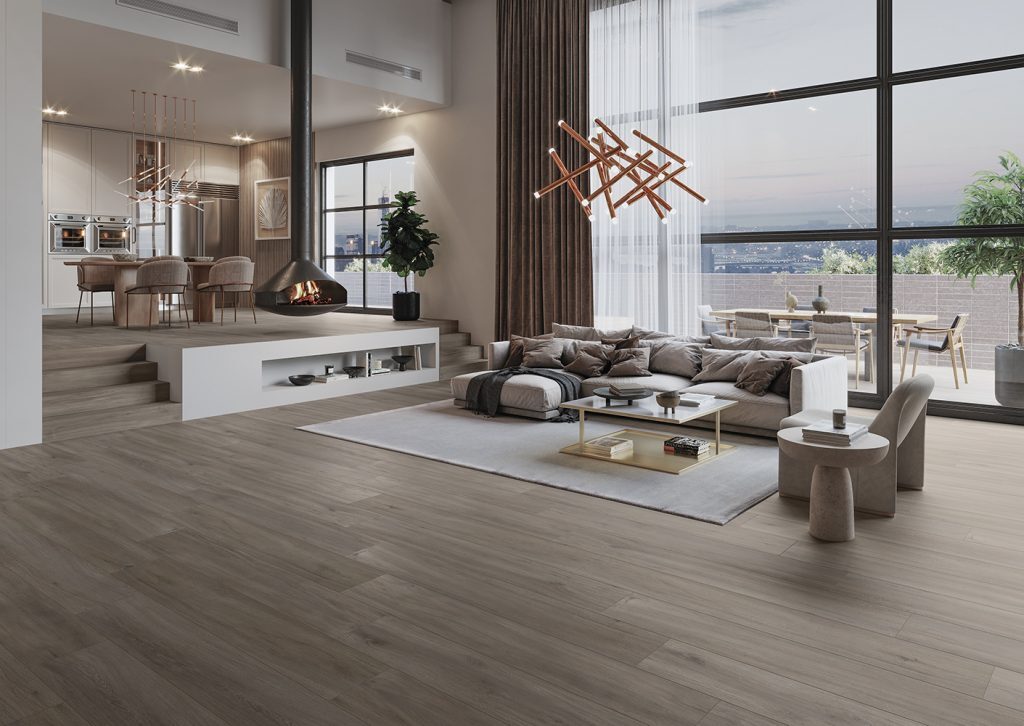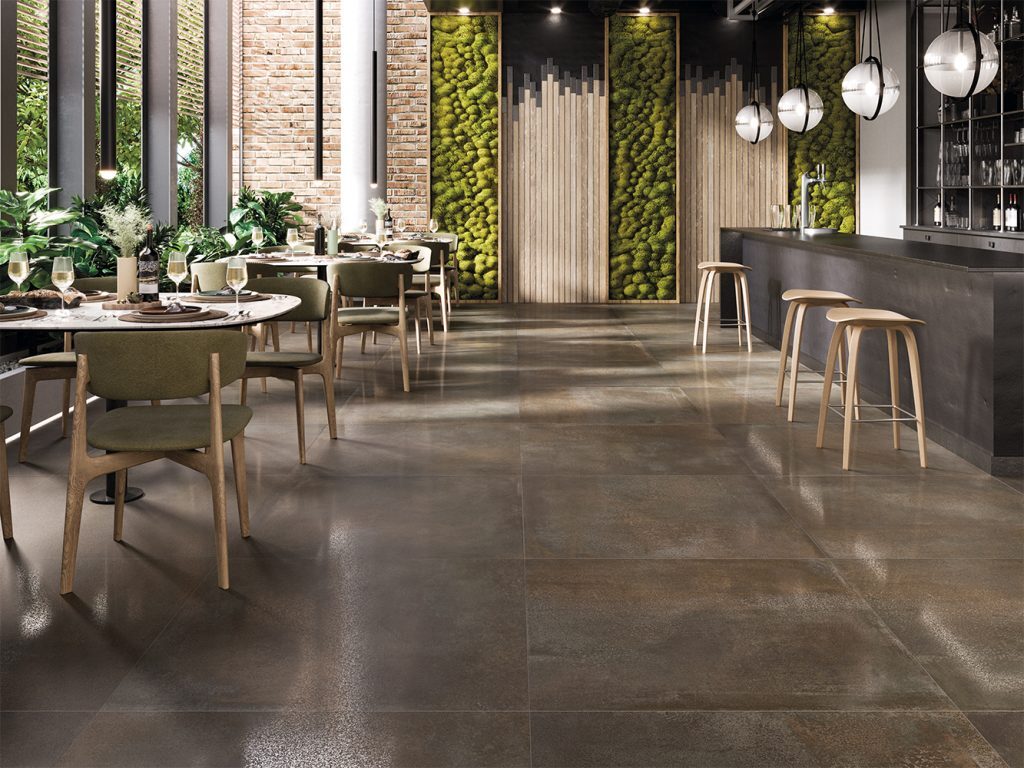Ceramic flooring never goes out of fashion. It is functional, resistant and there is a wide variety of designs that make it the star of interior design. If you have a new project in hand and you are thinking of laying a ceramic floor, don’t miss out on how to choose it
How to choose a ceramic floor
There is a wide variety of types of ceramic floor. Choosing the most suitable one for your home depends on many factors, including the tone, resistance, use, the area where it is going to be laid…
Below, we talk about some factors to take into account and some key aspects of ceramic floors:
Place of installation
When choosing a ceramic floor, the place of installation must be taken into account. This will determine not only the shade, but also the resistance and other key aspects to select one or the other.
Nowadays we see ceramic tiles on floors, but also on bathroom and kitchen walls, and even on the floor of terraces and gardens, where high quality ceramic tiles with high resistance to wear and tear are required.
Resistance
There are two types of resistance: wear resistance and scratch resistance. The wear resistance of the tile is measured in grades and each type of ceramic floor has a different grade. Depending on the use and the place of installation, a higher or lower grade should be used. With regard to scratch resistance, it should be noted that some ceramics are harder than others, and those that are more resistant in both directions are recommended for areas with higher traffic and more exposed areas.
Calibre
When we talk about calibre we are referring to the final dimension of a piece after leaving the kiln. This does not mean that each piece comes out a different size. The calibre is the small intervals that are established by each manufacturer to group the tiles of the same batch. It is the reference that is marked on the ceramic tiles of the same type, which may differ from others by a few millimetres.
Tone
Something similar to what happens with the calibre happens with the tone. The tone is the shade of a batch of ceramic tiles, a tone that will never be exactly the same as the tone of another batch, as this tone depends on many factors, for example; the firing time, the material, exposure to cold, heat or humidity.
Types of ceramic flooring
The variety of ceramic floors nowadays is almost infinite. There are models that look like wood, stone, marble or cement, models that are suitable for walls and floors, for indoors and outdoors, even for use in swimming pool areas or terraces.
However, if we were to divide all ceramic floors into different groups, we would divide them into the following:
Depending on the material of manufacture:
- White body
- Red body
- Porcelain
Depending on the design of the ceramic flooring, we have:
- Wood
- Marble
- Stone
- Cement
- Hydraulic
- Rust
Rocersa Options
Rocersa offers a wide range of ceramic flooring options. In this article we have made just a selection of some of them that you can find right now in our catalogue:
- Rotterdam: if you are looking for a ceramic floor imitating wood, this is one of the options that Rocersa offers you. The collection is available in 5 different colours, and all of them with natural and contemporary finishes to create warm and cosy spaces. If you want to opt for a ceramic floor that provides the warm aesthetics of wood, this is a good option.

- Make up: the Make Up collection is the star of the most urban spaces. It is offered in a wide variety of shades. All the varieties found in the collection are inspired by hydraulic pieces and aim to enhance the beauty of the environment.
- Titan: the Titan collection finds in nature a perfect ally in which to immerse itself in the search for new materials, textures and colours. The new metallic-looking collection attracts us, fascinates us, speaks to us of materials, history and transformation.

Are you looking for a ceramic floor? Discover the entire Rocersa ceramic collection!